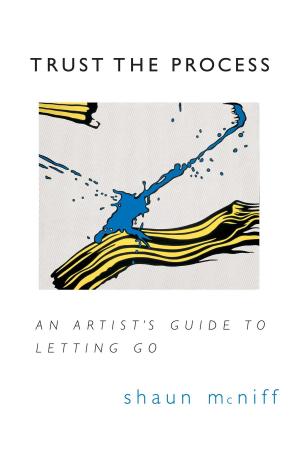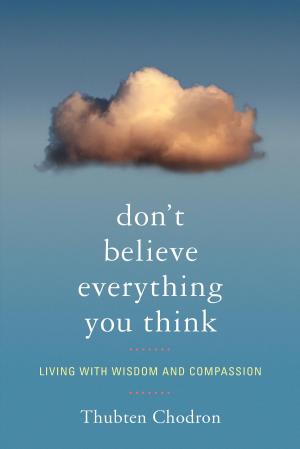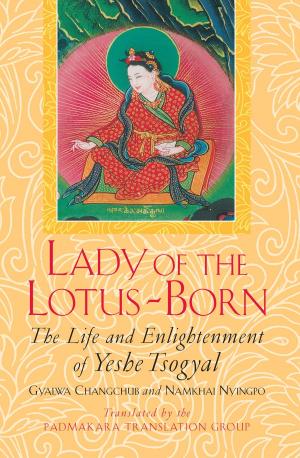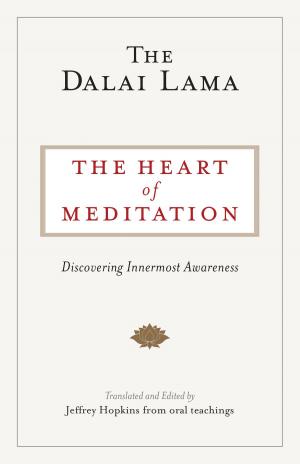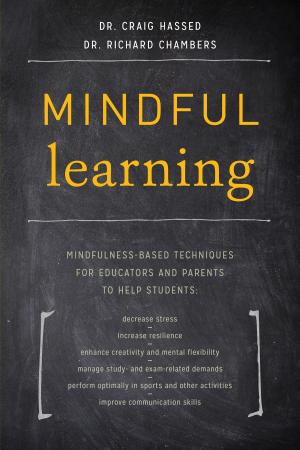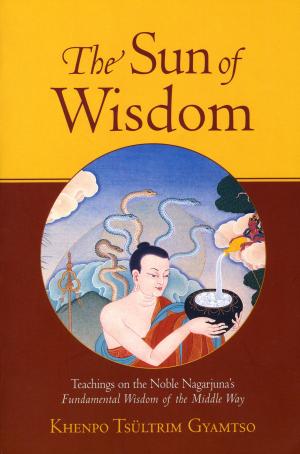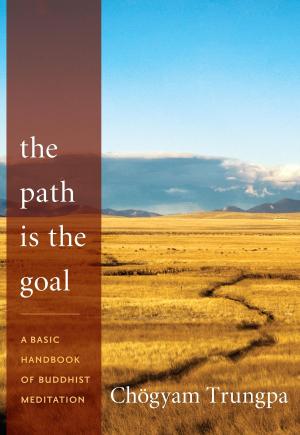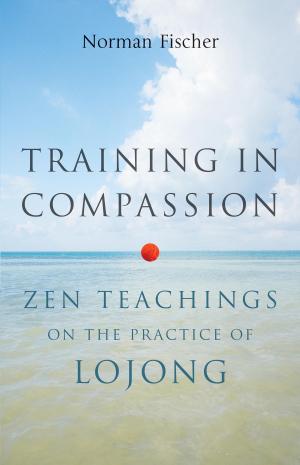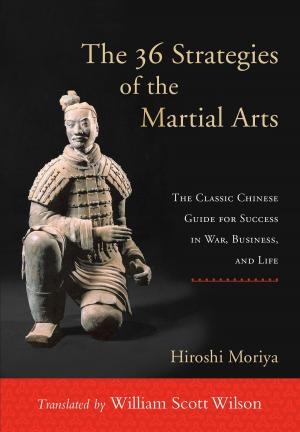Roaring Silence
Discovering the Mind of Dzogchen
Nonfiction, Religion & Spirituality, Eastern Religions, Buddhism| Author: | Ngakpa Chogyam, Khandro Dechen | ISBN: | 9780834828827 |
| Publisher: | Shambhala | Publication: | December 3, 2002 |
| Imprint: | Shambhala | Language: | English |
| Author: | Ngakpa Chogyam, Khandro Dechen |
| ISBN: | 9780834828827 |
| Publisher: | Shambhala |
| Publication: | December 3, 2002 |
| Imprint: | Shambhala |
| Language: | English |
According to the Vajrayana Buddhist tradition, Dzogchen is the direct experience of enlightenment. In Roaring Silence, Vajrayana teachers Ngakpa Chögyam and Khandro Déchen walk the reader through the meditation techniques that "enable us to side-step the bureaucracy of intellectual processes and experience ourselves directly"—to discover this direct experience of enlightenment that is the mind of Dzogchen.
Surprisingly, the approach is very pragmatic. Offering an investigation of the necessary steps, the authors begin with how to prepare for the journey: the lama is essential; as are a sense of humor, inspiration, and determination. They continue by describing the path of Dzogchen from sitting meditation to the direct perception of reality.
The chapters include exercises for sharpening the presence of our awareness, for simple visualizations, and for investigating how to "remain uninvolved" with mental activity for a period—with follow-up guidance on how to view our experiences. Both practical and inspirational, the authors' exquisitely precise guidance is all presented with the caveat, "be kind to yourself, don't push yourself beyond your limits."
According to the Vajrayana Buddhist tradition, Dzogchen is the direct experience of enlightenment. In Roaring Silence, Vajrayana teachers Ngakpa Chögyam and Khandro Déchen walk the reader through the meditation techniques that "enable us to side-step the bureaucracy of intellectual processes and experience ourselves directly"—to discover this direct experience of enlightenment that is the mind of Dzogchen.
Surprisingly, the approach is very pragmatic. Offering an investigation of the necessary steps, the authors begin with how to prepare for the journey: the lama is essential; as are a sense of humor, inspiration, and determination. They continue by describing the path of Dzogchen from sitting meditation to the direct perception of reality.
The chapters include exercises for sharpening the presence of our awareness, for simple visualizations, and for investigating how to "remain uninvolved" with mental activity for a period—with follow-up guidance on how to view our experiences. Both practical and inspirational, the authors' exquisitely precise guidance is all presented with the caveat, "be kind to yourself, don't push yourself beyond your limits."

